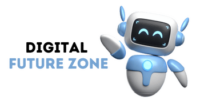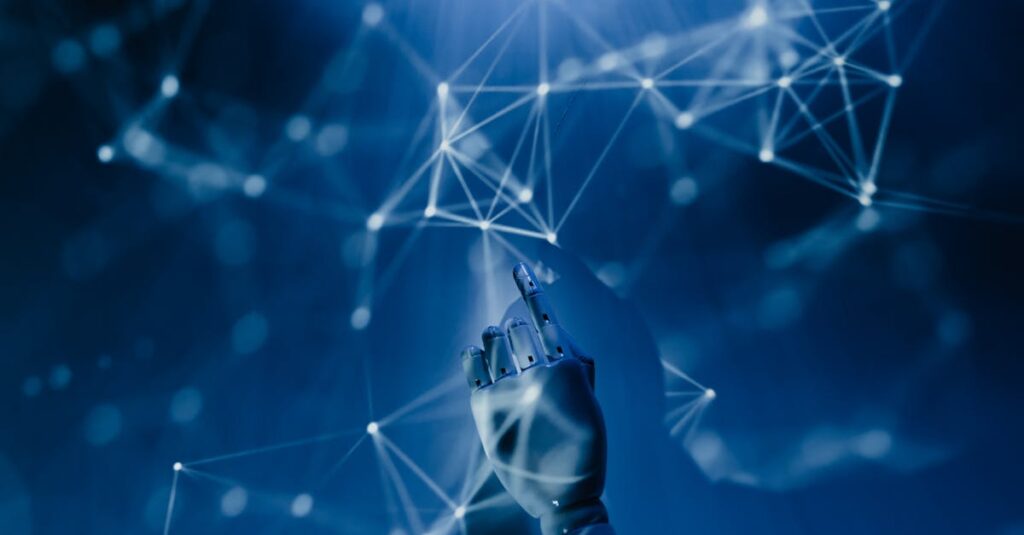Introduction
Imagine this: You’re struggling to understand a tricky math concept, one that’s left you frustrated for days. You’ve tried textbooks, online tutorials, even asking friends for help, but something clicks when you finally sit down with your AI tutor. It’s tailored to your pace, never judgmental, and gives you exactly what you need. Sounds too good to be true? It’s not. AI tutors are already changing the way we learn, and they’re just getting started.
AI is transforming many industries, and education is no exception. With personalized learning experiences, constant availability, and adaptability, AI tutors are reshaping the classroom dynamic, offering both students and teachers a powerful ally. But what exactly are AI tutors, and how are they improving the learning process?
The Rise of AI Tutors
When most of us think of AI, we probably picture futuristic robots or Siri answering questions. But AI in education is far more complex and exciting. An AI tutor isn’t just an automated voice, it’s a smart system designed to help students learn, offering personalized guidance based on each student’s unique needs.
These systems use advanced algorithms, machine learning, and data analytics to assess a student’s strengths and weaknesses. For instance, let’s say a student is struggling with algebraic equations. An AI tutor will identify this gap in understanding, review the student’s past performance, and offer practice problems tailored specifically to that topic. It’s like having a tutor who never gets tired, never judges, and knows exactly how to guide you through every step.
Personalized Learning Paths
One of the most significant advantages of AI tutors is their ability to provide personalized learning. No more one-size-fits-all teaching methods that leave some students ahead while others are left behind. AI tutors adapt to the individual learning style and pace of each student. This personalized approach ensures that students are not just memorizing information but actually understanding the material in a way that makes sense to them.
Take Emma, for example. She’s in middle school and has always had trouble with reading comprehension. Her school provides her with an AI tutor that analyzes her previous performance and tailors exercises to help her improve. The tutor focuses on her weak spots, mainly vocabulary and sentence structure, without overwhelming her with topics she already knows. Over time, Emma’s confidence grows, and her reading skills improve in ways she never thought possible. No teacher, no matter how dedicated, could offer this level of tailored attention to every student in the classroom.
24/7 Access to Learning
Another game-changing feature of AI tutors is their round-the-clock availability. Traditional classroom learning happens within set hours, usually 9 AM to 3 PM, but what about the hours outside that window? What about the evenings when students are revising or working through homework?
AI tutors never sleep. They are accessible at any time, meaning students can get help when it’s most convenient for them. Whether it’s a last-minute review before an exam or late-night questions while working on a project, AI tutors are there when human tutors or teachers might not be. This flexibility makes learning less stressful and more adaptable to the needs of busy students.
Instant Feedback and Support
One of the most powerful aspects of AI tutors is the instant feedback they provide. In a typical classroom, students might wait days before receiving feedback on an assignment. By then, they’ve often moved on to new material, and the original lesson has faded from their memory. With AI tutors, feedback is immediate, allowing students to adjust their learning and address mistakes in real-time.
This is particularly beneficial for subjects like math, where solving a problem incorrectly can create confusion and prevent further progress. With an AI tutor, a student can make a mistake, get instant correction, and immediately see how to fix it, often in a way that makes sense to them.
Real-Life Examples of AI Tutors in Action
AI tutors are already being used in classrooms and by students all over the world. One popular example is Khan Academy’s AI-powered features. Khan Academy uses an intelligent tutor system that tracks each student’s progress and offers tailored exercises based on their learning history. This allows students to work at their own pace, receiving additional help in areas they find challenging and advancing faster in areas where they excel.
Another example is Duolingo, an AI-powered language learning app. Duolingo’s algorithms adapt to each user’s learning speed, providing bite-sized lessons and instant feedback. Whether you’re learning Spanish or Japanese, the app’s AI tailors the lessons to help you improve while keeping the experience fun and interactive.
In schools, AI tutors are being implemented in subjects ranging from STEM to the humanities. Some schools have even introduced AI assistants that can help with everything from answering questions during lectures to grading assignments. These systems can even help teachers by flagging students who may need extra support based on their performance data, making it easier to intervene before a student falls too far behind.
The Role of Teachers in an AI-Powered Classroom
Some critics worry that AI will eventually replace teachers. But that’s not the case. AI tutors are designed to complement, not replace, the work of human teachers. In fact, they give teachers more time to focus on areas where their expertise is most needed. Rather than spending hours grading assignments or explaining the same concepts over and over, teachers can use AI systems to handle the repetitive tasks, freeing them up to provide personalized, high-level guidance.
For example, a teacher can use AI to identify which students need extra help and tailor their lessons accordingly. This could involve giving more attention to students who are struggling or offering advanced content to those who are excelling. The AI is a tool, not a replacement, it’s there to assist teachers in being more efficient and effective.
Challenges and Considerations
While AI tutors are incredibly promising, they do come with challenges. For one, not all students have access to the technology required to use AI tutors. In some areas, students may struggle with a lack of devices or reliable internet access. Additionally, AI systems are only as good as the data they’re trained on, and biases in that data can sometimes affect the quality of the tutoring. It’s important that developers and educators address these issues to ensure that AI in education benefits all students equally.
Another challenge is ensuring that AI tutors are not replacing the human interaction that’s crucial to emotional and social learning. While AI can help with academic progress, it can’t offer the mentorship, empathy, and personal connection that a teacher can. A balance needs to be struck between technology and the human touch.
Conclusion: Embracing the Future of Education
The impact of AI tutors on education is undeniable. They offer personalized learning, constant access, and immediate feedback, all features that can transform how students learn. But like any technology, AI tutors should be used thoughtfully and alongside human educators to create the most effective learning environment possible. Teachers, after all, are not just instructors, they’re mentors, guides, and role models. AI tutors, when used correctly, can provide support where it’s needed most, allowing both teachers and students to thrive.
As we look toward the future of education, it’s clear that AI tutors will play a big role in shaping how we learn. So, the next time you’re stuck on a homework problem, remember: the future of learning might be just a click away.

